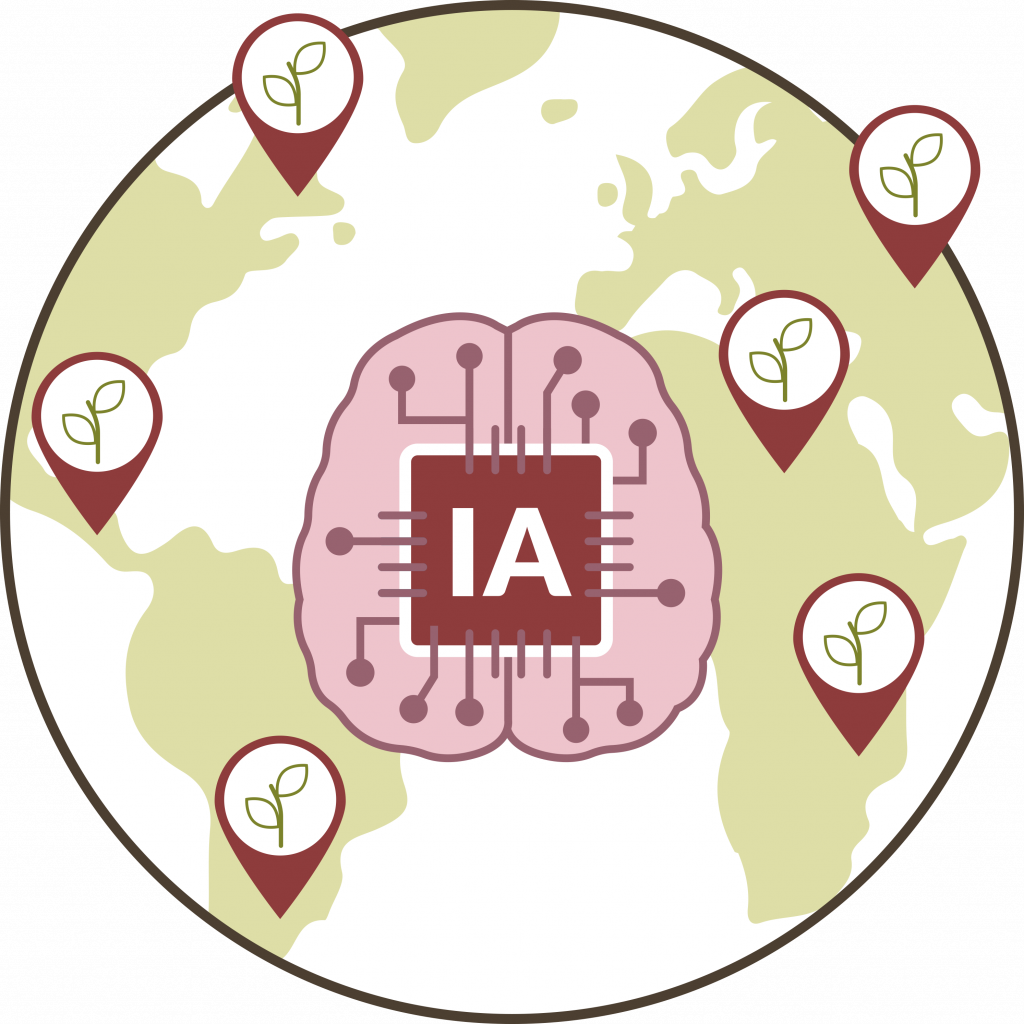
What do we do in the Artificial Intelligence team?
We create an artificial intelligence (AI)-based model to map and study land cover.
Using easily obtained satellite pictures, we create AI-based models to study satellite images of the Earth’s surface. This AI-based tools help us map and characterize the existing land uses and soil types. There are several categories, either of natural or human origin, including forests, bushes, grasslands, marshes, croplands, urban areas, or water. Our studies trace and catalogue the area at several scales, from a global (Andalucía) and local (Sierra Nevada) point of view.
Besides, we also focus on identifying the location of vegetation. By doing so, we can study the conservation status of shrubs of the Juniperus genus in the mountains of Sierra Nevada.

How do we use AI?
What did we achieve?
Thanks to our work, we have obtained maps and databases that describe the composition of land cover.
This study, along with other similar studies, has contributed to improving the monitoring, understanding, and territorial planning of our planet. In particular, this has been the first study to provide the scientific community with a set of free, global, public data ready to be used by AI models.
On the other hand, and in order to assess the effects of climate change, it is particularly interesting to learn more about the evolution of the conservation status of the species we study.
What benefits do our actions provide?
Our data benefit politicians, workers, and tourists.
Our results play a key role in many fields, from the follow-up of natural resources to biodiversity conservation, urban planning, agricultural management or the modelling of climate and Earth systems.
Thanks to the generated models, it will be possible to automatically detect any changes in land cover such as the loss of forests or the loss of water masses due to climate change using only open-access satellite images.
AI will also foster the conservation of biodiversity, as it will facilitate biodiversity monitoring in any place over time. Models as the one created to detect the Juniperus shrubs may be modified so that they may be used in other mountain ecosystems, or in the generation of new models that detect other species.

Data generated by the team
Learn more about the data we are generating- TimeSpec4LULC: A Smart-Global Dataset of Multi-Spectral Time Series of MODIS Terra-Aqua from 2000 to 2021 for Training Machine Learning models to perform LULC Mapping. Read article
- Sentinel2GlobalLULC: A dataset of Sentinel-2 georeferenced RGB imagery acquired between June 2015 and October 2020 annotated for global land use/land cover mapping with deep learning. Read article
- Andalusia-MSMTU: LULC mapping of Andalusia via spectral unmixing (time series). Read article
- LULC abundance estimation of Andalucia (satellite RGB imagery). Read article
- Automatic recognition of diatom species from water microscopic images.
- Automated mapping of high-mountain shrubs (Juniperus).





